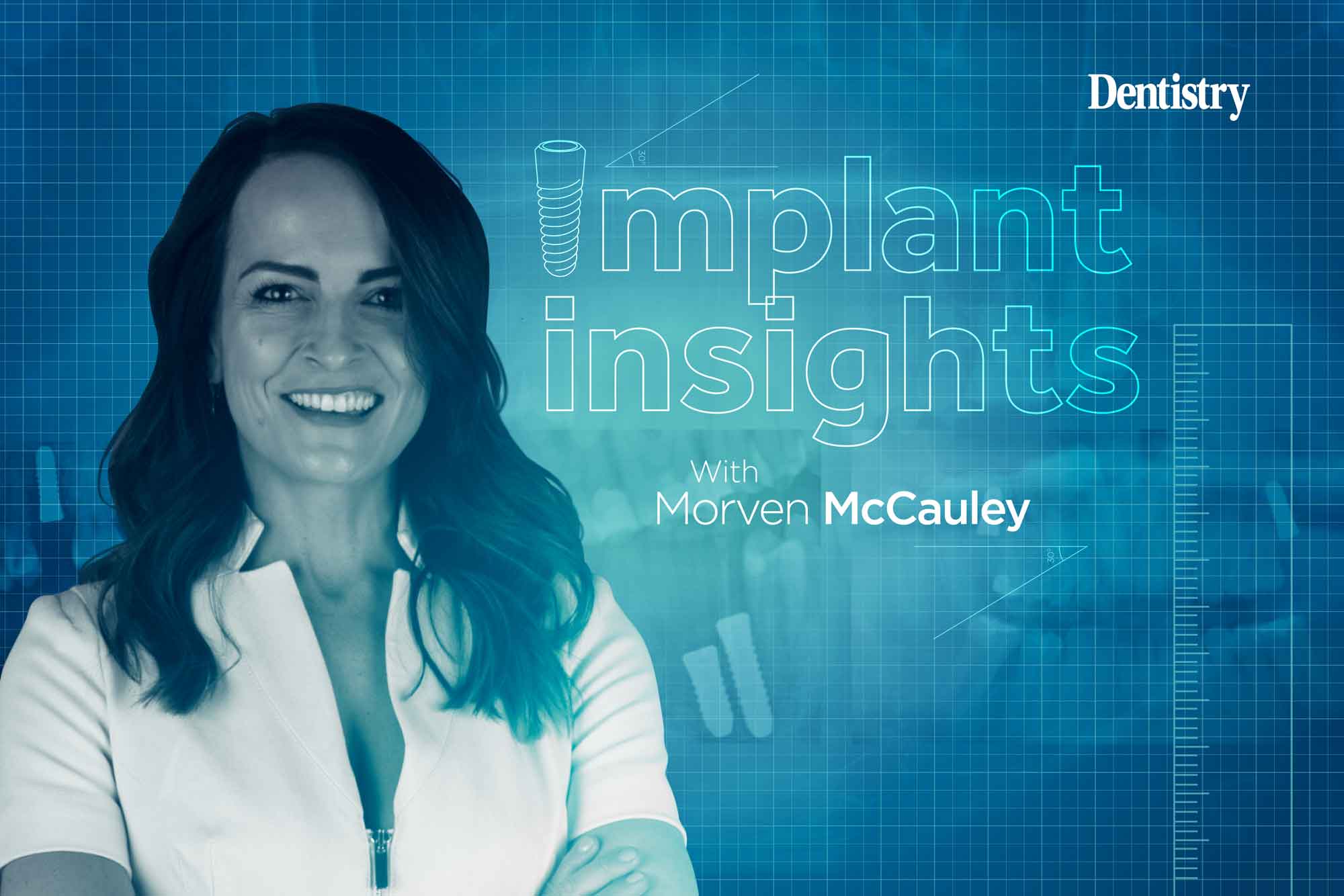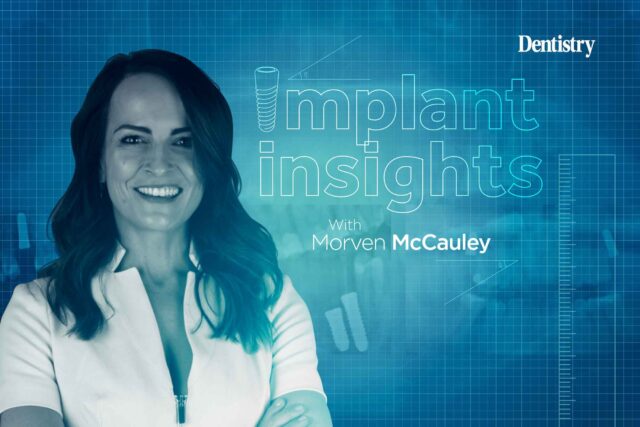
This month, Morven McCauley discusses how harnessing AI for CBCT scan interpretation has revolutionised her dental implant planning.
Last year, I made my first trip to the International Dental Show (IDS) in Cologne. The buzz of IDS that year seemed focused on the advancements in artificial intelligence and 3D scanning and printing.
Since then, over the past year I have been utilising artificial intelligence software to interpret and analyse all my radiographs. However, I have noticed the most significant benefit is when it is utilised to generate reporting on CBCT scans prior to implant planning.
AI analysis of CBCT scans leverages advanced machine learning techniques to extract meaningful information from medical images, in as quick as 10 seconds for 2D images, and four to six minutes for CBCT scans.

It detects over 65 conditions including periapical lesions, periodontal bone loss, caries decay, missing teeth, impacted teeth, and endodontic treatment failures, with an impressive periapical lesion detection success rate of 90%. Further advancements are still required for the detection of oral and maxillofacial fractures, dental trauma and tooth development disorders.
The AI software automatically produces a patented, panoramic reformation of the CBCT. The intuitive interface aids clinicians in navigating through the entire scan, pinpointing previously treated teeth, and identifying newly discovered pathologies. After the clinician assesses the AI’s suggestions, they can select to accept or reject them, and supplement with additional comments and images if desired.
The AI then generates the CBCT report with a diagrammatical review of its findings in a simple, comprehensive manner. This can then efficiently be printed in office or emailed as a PDF to the patient or referring clinician.
Faff or functional?
Is it worth it or is it more faff, an additional step in your workflow? Well after a year of employing the software, I now couldn’t go without.
I have observed the main benefits to be:
- Time and efficiency – with integration to the radiographic acquisition software, the CBCT scan is automatically uploaded and waits for my review, which I can complete in as little as two minutes. A previously tedious task is now significantly streamlined
- Treatment plan acceptance – AI is seen as a neutral third party that has nothing to benefit from its findings. Patients have a greater acceptance of diagnoses, and understanding of the detrimental effects of not proceeding with treatment, and therefore, a greater treatment plan acceptance due to the establishment of trust in the findings
- Reduced errors/missed findings – AI doesn’t have an exhausting day where you are mentally drained. It will consistently detect at a quoted 90% accuracy rate. It has frequently detected root fractures and peri-apical lesions I have missed. Being able to detect more ‘shades of grey’ than the human eye, it can compensate for difficulties in detection due to under/over-exposures
- Wow factor – we pride ourselves at our practice in utilising some of the latest technology. The implementation of AI when presented to patients has introduced that additional ‘wow’ factor for patients and distinguishes us within our area.
The future of AI in dentistry
I have yet to utilise the software to its full potential. The use of CBCT segmentation is becoming increasingly popular – to take the CBCT and delineate it into different 3D structures as STL files.
These can then be incorporated with jaw motion capture for TMJ analysis, as maxilla files for the planning of surgical crown lengthening procedures and many other applications.
In the very near future, the software will have the capability to utilise AI for implant planning and surgical guide creation in under five minutes, a feature that piques my curiosity and I am eager to explore.
Catch Morven’s previous Implant Insights columns:
Follow Dentistry.co.uk on Instagram to keep up with all the latest dental news and trends.
Adblock test (Why?)






